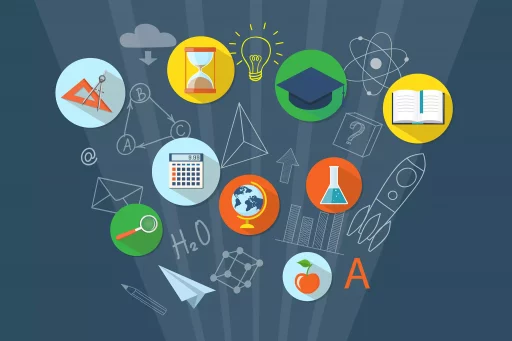What is Ellipsis?
In the realm of linguistics and communication, ellipsis refers to the omission of one or more words from a sentence, which allows the remaining words to convey a complete meaning. This stylistic device enhances clarity, brevity, and fluidity in both spoken and written language.
Types of Ellipsis
Ellipsis can be categorized into several types, depending on its function and appearance in sentences:
- Nominal Ellipsis: Here, a noun or noun phrase is omitted.
- Verbal Ellipsis: In this case, the verb phrase is left out.
- Clausal Ellipsis: The entire clause may be omitted, particularly when its meaning is clear from context.
Examples of Ellipsis in Everyday Language
Ellipsis appears frequently in everyday conversations, literature, and even popular culture. Here are some common examples:
- Conversational Examples:
“I would love to go shopping, but my friend can’t (go shopping)” – Here, the action of shopping is understood from the context. - Literary Examples:
In Shakespeare’s Hamlet, the line “To be or not to be, that is the question” conveys profound meaning through ambiguous ellipsis. - Song Lyrics:
“I can’t live without you, please don’t go” – In this case, it’s understood that the person can’t live without the other person.
The Importance of Ellipsis in Communication
Ellipsis plays a crucial role in communication. Its importance can be summed up as follows:
- Clarity: By omitting redundant words, ellipsis can eliminate confusion.
- Economy of Language: It allows for more concise expression of ideas.
- Fluidity: The rhythm of speech can be maintained, making conversations more natural.
Case Study: The Use of Ellipsis in Literature
One of the most notable uses of ellipsis is in the works of Virginia Woolf. In her novel “To the Lighthouse,” she uses ellipsis to convey the characters’ thoughts and emotions, allowing readers to immerse themselves in their psyche. For instance, fragments in her writing often leave out key verbs or subjects, creating a sense of immediacy and intimacy.
Statistics on Language Efficiency
Studies have shown that language efficiency is paramount in communication:
- Studies suggest that 75% of effective communication relies on implied meanings through context.
- Surveys indicate that 68% of respondents prefer concise sentences over lengthy explanations.
Common Pitfalls of Ellipsis
Despite its benefits, using ellipsis can lead to ambiguity or confusion if not done correctly. Here are common pitfalls:
- Overuse: Excessive ellipsis may leave readers or listeners confused.
- Lack of Clarity: If the context isn’t clear, omissions can lead to misinterpretations.
- Inconsistency: In formal writing, ellipsis should be used judiciously to maintain tone and style.
Conclusion
In summary, ellipsis is a powerful linguistic tool that can enhance language efficiency and make communication more effective. With its various implementations across different forms of language, understanding ellipsis can significantly improve both personal and professional interactions. Embracing this tool in writing and speaking can lead to clearer, more engaging exchanges.




